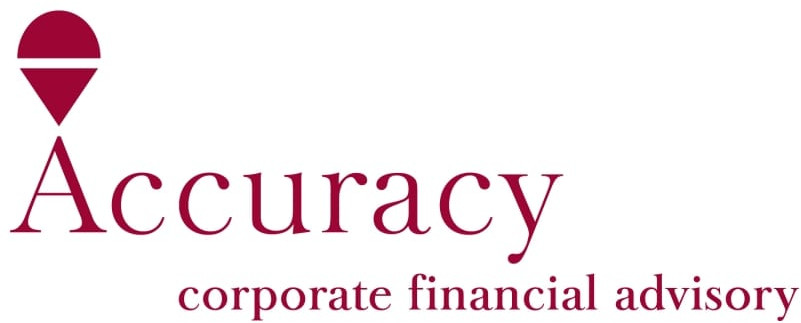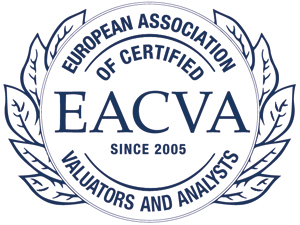NEWSLETTER of November 14, 2025
The following content has been added at finexpert:
Studies > Performance
Allensbach | FTI Andersch
GERMAN ECONOMIC PULSE 2025
The “German Economic Pulse 2025” corporate survey examines the current mood among German industrial companies. In addition to relevant challenges and developments in the market, the survey reflects current trends, potential, and measures for industrial companies. Particular attention is paid to automotive companies, mechanical and plant engineering firms, and energy-intensive companies. >more
Studies > M & A
Lazard
AI IMPACT ON TECHNOLOGY M&A
A new report, AI Impact on Technology M&A, from Lazard’s Technology Advisory team examines how AI is emerging as a once-in-a-generation investment opportunity, how investors are evaluating AI in the context of M&A, and key AI themes / narratives that are resonating with investors. >more
Studies > M & A
Grant Thornton | BVK
EXIT READINESS – TOO LITTLE, TOO LATE? STIMMUNGSBILD AUS DEM SMALL UND MID CAP PRIVATE EQUITY UMFELD
Our latest study, conducted in collaboration with BVK, shows how investors in Germany understand and implement exit readiness. Based on a broad online survey and supplementary interviews, it provides reliable insights into strategies, processes, and best practices. Learn why early planning, clear equity stories, and professional preparation are crucial—and how you can optimize your own exit opportunities. >more
Studies > Macro
KfW Research
FINANZIERUNGSBEDARF FÜR DIE REGIONALE ENERGIE- UND WÄRMEWENDE AUS SICHT DER ENERGIEVERSORGUNGSUNTERNEHMEN
A PwC study commissioned by KfW estimates for the first time the investment and financing requirements of energy suppliers for the regional implementation of the energy transition over time. Investment requirements for electricity distribution networks and grid-based heat supply will rise sharply until 2035, reaching a total of EUR 535 billion by 2045. The debt capital requirements of energy suppliers will almost double. Successful financing of investments also requires companies to have more equity capital. The necessary equity injections are likely to pose considerable problems for typical municipal utilities in particular, as local authorities, as the main shareholders, are already facing a variety of financial challenges. Against this backdrop, it is important to develop an expanded mix of instruments in the near future to address the financing challenges associated with the modernization of the energy infrastructure. >more
Research Papers > Corporate Finance
TARP FROM THE BANKS’ PERSPECTIVE: EVIDENCE FROM CONFERENCE CALLS
Jean Helwege, and Xin Liu
2025
Using earnings conference calls, we investigate banks’ views of the Troubled Asset Relief Program (TARP). Most banks in our sample did not plan to lend out the funds and our regressions confirm that they did not. The evidence suggests that TARP’s price diminished its usefulness in expanding credit supply. In contrast, banks more often expressed favorable views of the program in terms of its impact on capital ratios. We find that banks often described loan demand during the sample period as weak, but lack of demand does not explain the anemic loan growth that occurred after the TARP injections. >more
Research Papers > Corporate Finance
DO BANK INSIDERS IMPEDE EQUITY ISSUANCES?
Martin Goetz, Luc Laeven, and Ross Levine
2025
We construct a novel panel dataset on insider ownership for about 600 U.S. bank holding companies from 2003 to 2014 and evaluate whether ownership structure influences banks’ equity composition and recapitalization decisions around the Global Financial Crisis (GFC). Before the crisis, banks with higher insider ownership relied less on common stock and more on retained earnings. Throughout the sample period, insider ownership changes little within banks. Following the onset of the GFC, banks with larger insider ownership sold significantly less common stock than comparable peers. This effect is more pronounced where insiders enjoy greater private benefits of control, as proxied by insider lending and earnings opacity. The findings suggest insiders are reluctant to dilute their shares and lose those private benefits. These results hold when employing instrumental variables for insider ownership. Our findings imply that ownership structure affects banks’ equity issuances during crises, highlighting the importance of considering ownership when designing and evaluating regulatory reforms. >more













